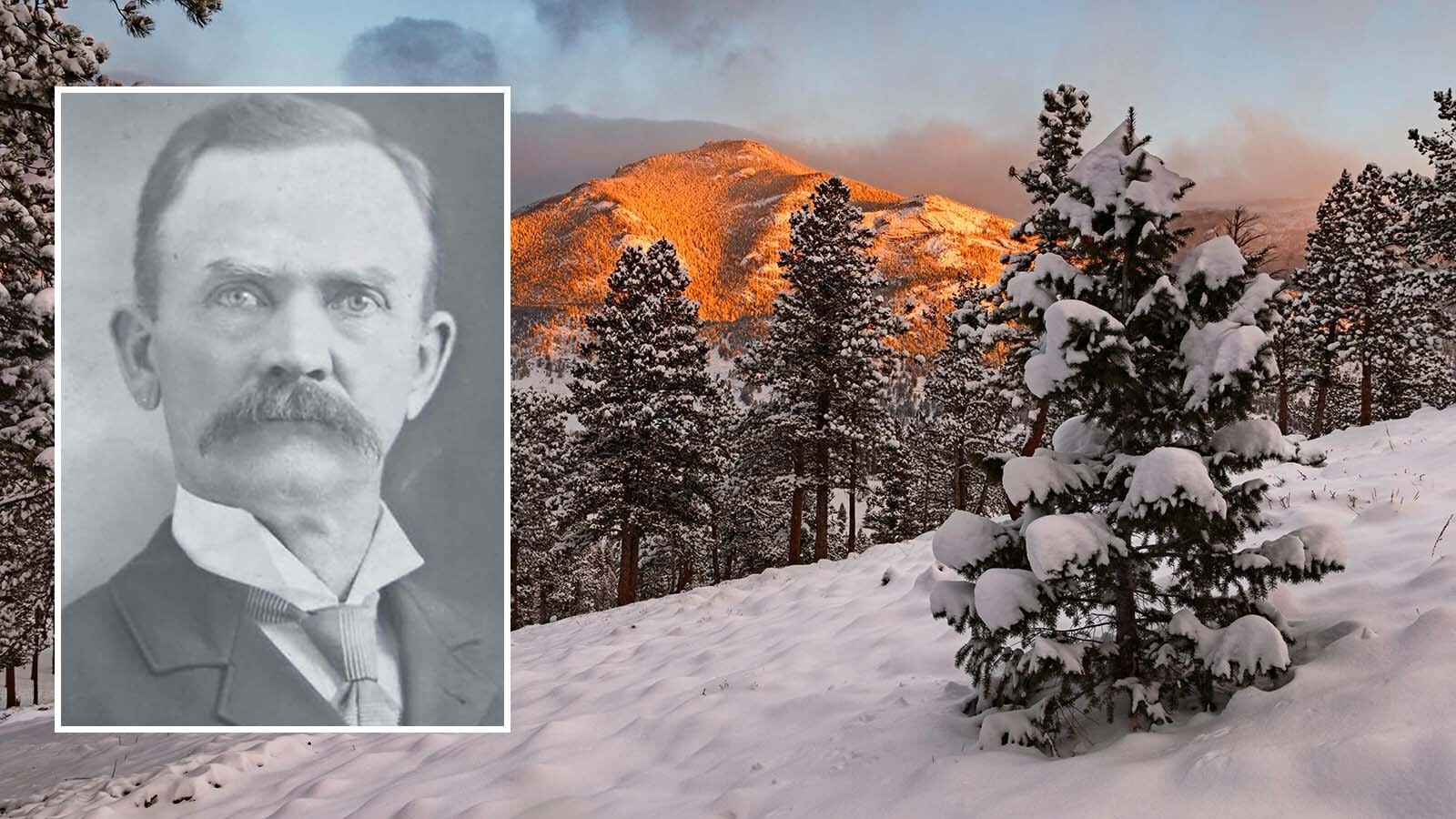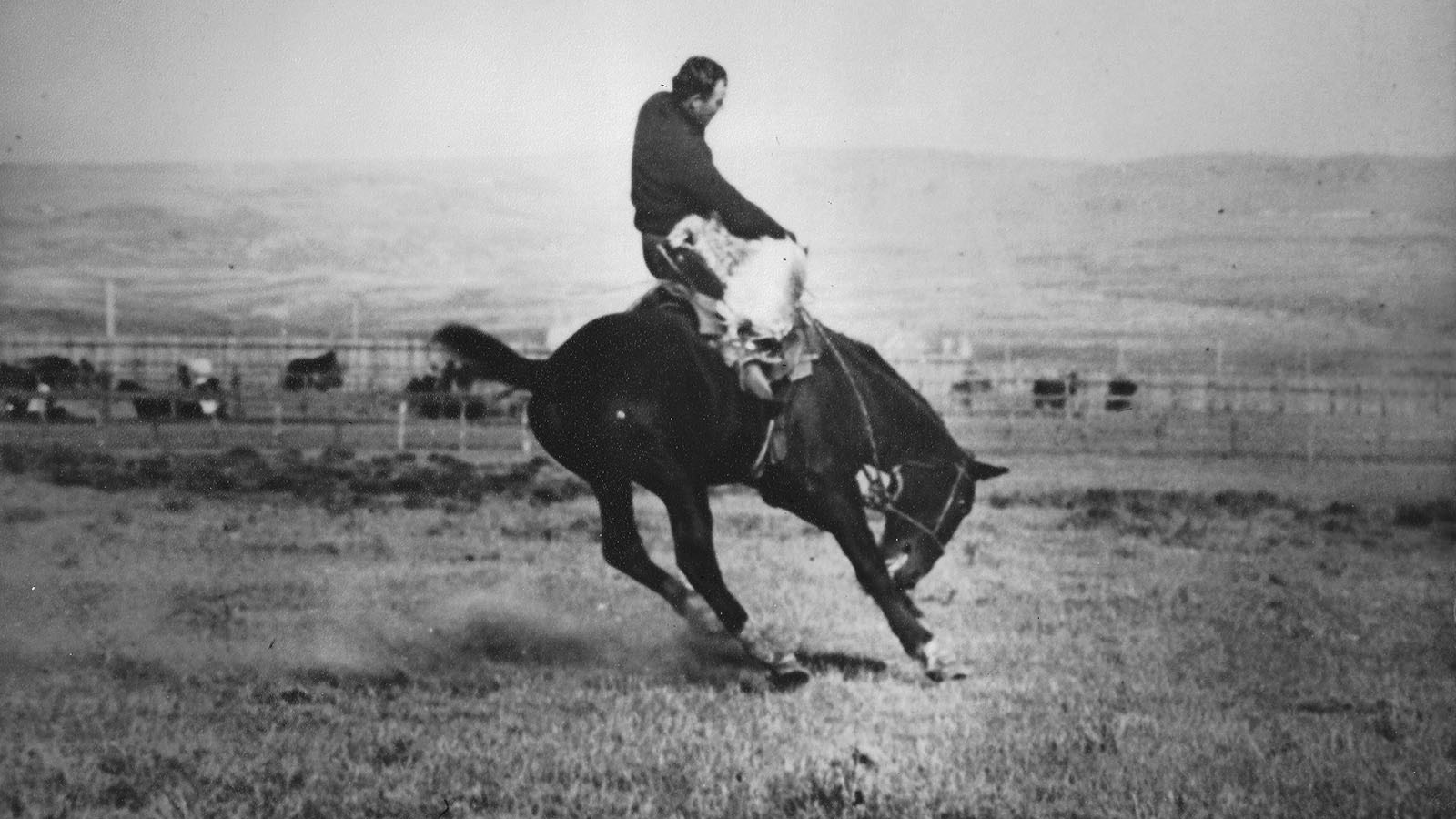March 1, 1836. With the Alamo under siege in San Antonio and all of Texas under threat from General Santa Anna’s army, political leaders and representatives met at Washington on the Brazos to determine the future of Tejas.
Since 1821, when Mexico gained independence from Spain, most of the region had been part of the state of Coahuila y Tejas, with other pieces governed by Tamaulipas, Chihuahua, and the Mexican Territory of Santa Fe de Nuevo México.
Emigrants from the United States and Europe, enticed to settle in Texas by Stephen Austin and other “empresarios,” or land agents, had flooded the region.
By 1834, the population of Texas had grown from some 3,500 people, mostly of Mexican descent, to nearly 39,000 people, some 30,000 of them originating in the United States and Europe. These Texians, as they were called, were not satisfied with Mexican rule.
The Texians ignored many of Mexico’s laws — including a ban on slavery — and agitated for independence, taking advantage of political upheaval and unrest throughout Mexico.
Immigration from the United States had been banned in 1830, but had little effect and settlers kept coming. By 1835, fighting erupted and Texians were in open revolt.
News from the Alamo prompted action at the convention in Washington on the Brazos, and on March 2, 1836, the Texian delegates declared independence from Mexico.
Fifty-eight men signed the declaration. Only ten of them had set foot in Texas before 1836. Most were immigrants from the United States, some from Europe, and one from Mexico. Only two were natives of Texas.
One of those was José Antonio Navarro of San Antonio. Navarro would later sign the Constitution of the Republic of Texas, the only Texas native whose name was affixed to both the Declaration of Independence and the Constitution.
Navarro was born February 27, 1795, in San Antonio de Béxar in what was then the Viceroyalty of New Spain. Although his family was among the nobility, he was largely self-educated.
He studied the laws of Spain and of Mexico, and served as a representative in the legislature of Coahuila y Tejas and the federal Congress in Mexico City. But Navarro favored colonization of Texas by the American settlers, and became a close friend and associate of Stephen Austin, and supported and participated in the revolution.
Despite widespread animosity toward Hispanics following independence, the people of San Antonio and Bexar County elected Navarro to represent them in the Congress of the Republic of Texas, where he worked to protect the rights of his fellow Tejanos — Texans of Mexican and Spanish ancestry.
When President Mirabeau Lamar ordered Texas troops to march to Santa Fe in 1841 to convince New Mexicans, under threat of violence, to secede from Mexico and become part of Texas, Navarro joined the expedition.
The march proved a dismal failure. Plagued by hunger, thirst, Indian attacks, and losing their way, the Texans were captured and imprisoned. As a Tejano, Navarro was branded a traitor and treated harshly. Sentenced to death, he spent more than a year locked in a dungeon. But, with assistance from helpful Mexican army officers, he escaped and returned to San Antonio.
The possibility of the annexation of Texas to the United States, which Navarro favored, found him once again involved in government, and he was the only Hispanic delegate to the 1845 convention which approved the plan for Texas to join the union.
As he had with the Constitution of the Republic of Texas, Navarro helped write and ratify the first Constitution of the State of Texas. His long service and contributions to Texas were honored by the Legislature when they named Navarro County in his honor in 1846. He served in the state Senate for two terms then decided not to run for another term.
But Navarro was not done with politics, and continued lobbying for the rights of fellow Hispanic Texans: “I do not write for the heartless nor for the egoists—to whom the glories and misfortunes of men of another origin and language matter little or not at all,” he penned.
“I write for the humanitarian and cultured who understand how to respect and empathize with the tribulations of a valiant people who have struggled in the midst of their own ignorance guided only by an instinct for their liberty, against enemies so superior that they may be placed alongside the most free and fortunate nations of all mankind—such as the nation with the flag of stars,” he added.
Those words seem odd, given that Navarro supported slavery and the right of Texas to secede from “the nation with its flag of stars” in its defense. Four of his sons fought for the Confederacy in the Civil War.
Following the war, Navarro contributed a number of essays to the San Antonio Ledger newspaper chronicling the city’s contributions to Mexico’s struggle for independence from Spain.
He spent much of his retirement at his San Geronimo Ranch near Seguin, Texas, until selling the ranch and living out his years at his San Antonio estate, where he died January 13, 1871. His home is now preserved as Casa Navarro State Historic Site.
A wall at the Texas State History Museum in Austin celebrates José Antonio Navarro’s legacy by displaying his words: “I will never forsake Texas and her cause. I am her son.”
R.B. Miller can be reached at WriterRodMiller@gmail.com





